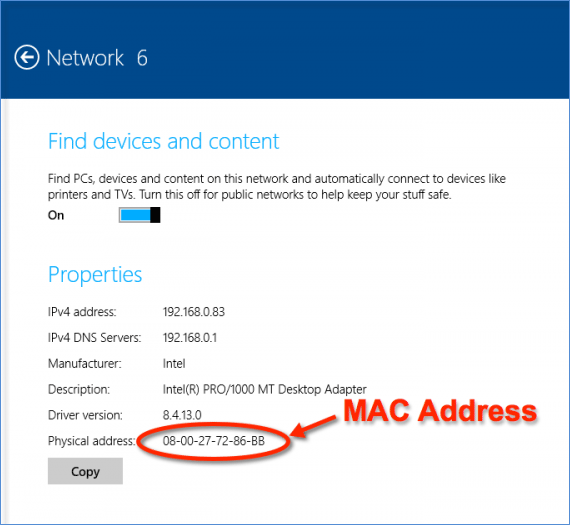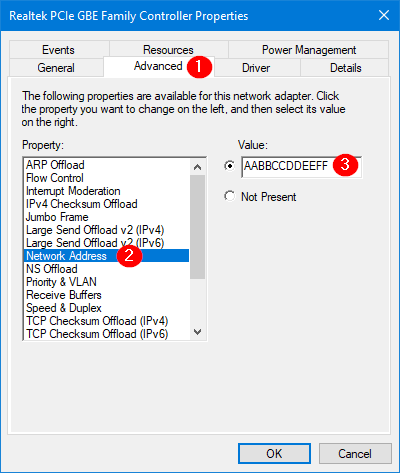

It would require user-based device identity tracking and correlation techniques to combine multiple random MAC addresses into a single device connection experience history. However, should a user enable Daily MAC Address rotation, troubleshooting a client historically or looking at network analytics for a specific client would be much more challenging. Wi-Fi Analytics and Troubleshooting – With the current default behavior we should not be too worried about randomized MAC addresses for analytics, unless a client is switching SSIDs frequently, in which case it will be more difficult to identify SSID hopping.DHCP Lease time should not be higher than 24 hrs, rather aiming at the lower timers. DHCP Servers – It is probably time to start using shorter DHCP lease timers, just to be safe whenever somebody decides to turn on periodic MAC rotation.This however goes against the original notion of “more privacy with random MAC enabled”. A potential long term solution to this issue would be to move to Hotspot 2.0, which not only provides a secure end-to-end communication for the user and automated network discovery, but also a more granular user-based identification.

HOW TO FIND MAC WIFI ADDRESS ON WINDOWS 10 REGISTRATION

To overcome a ban, a user could just forget and rejoin a network to get a new MAC address generated, thus overcoming any restrictions. Banned Client List – Many InfoSec systems today rely on client banning or quarantine functions that are typically tied to a MAC address of a client.Still, this is an item to consider in the future should random MAC rotation become a norm. MAC Association Lists – This is something customers should have planned to stop using a long time ago, enabling MAC randomization on a per SSID level today will not directly affect MAC ACLs functionality, unless a user would enable daily MAC rotation in the device settings.The new MAC randomization algorithm applies to network connectivity and is now used for all communications. This problem can certainly be looked at from different angles (MAC Address from Google or Apple’s perspective provides different tracking options versus a typical enterprise or even a home user). The intent from device manufacturers like Google and Apple is to “reduce a privacy risk” associated with an ability to track a device from a network usage or location perspective using a device unique MAC address. Let’s find out what these changes entail for enterprises and networking vendors.

The new shift in the mobile device industry is to randomize MAC addresses not only during the network discovery phase, but also during association phase. This however is changing with the upcoming release of iOS 14 / WatchOS 7, Android 10+, and even a few recent versions of Windows 10. During association, a device would have used its “real” hardware MAC address. It has existed for several years and involved randomizing client MAC addresses when sending Probe Requests to prevent location tracking of devices that are not associated to the network. MAC Randomization is not a new term in the network industry.


 0 kommentar(er)
0 kommentar(er)
